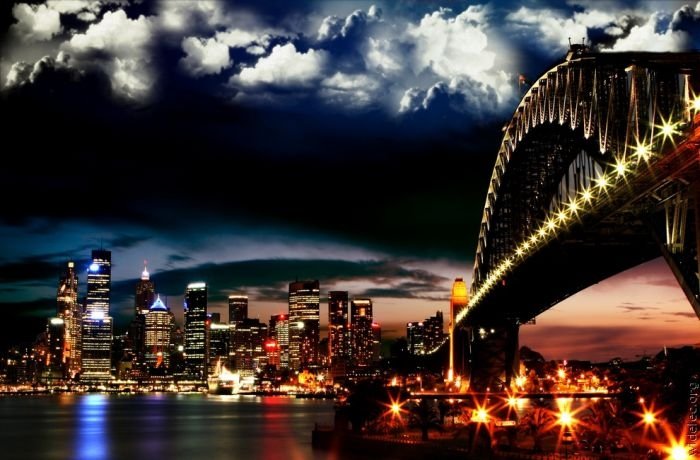|
|
City At Night
|
Brazil is divided into states (Portuguese: estados) and these into municipalities (municípios); there is no county or equivalent level. Brazilian law defines a "city" (cidade) as the urban seat of a municipality and establishes no difference between cities and towns; all it takes for an urban area to be legally called a "city" is to be the seat of a municipality, and some of them are semi-rural settlements with a very small population. Municipalities always have the same name as their corresponding cities, and the terms município and cidade are often used interchangeably, even by the government itself, although this is not technically correct. However, except for the Federal District (the area of the national capital city, Brasília), which has special status and no municipalities, all land in Brazil is in the territory of some municipality. Thus, even in the country's remotest wilderness areas, one is still technically under the jurisdiction of a "city," or at least of its government. Brazil's largest cities are São Paulo and Rio de Janeiro, both located on the heavily urbanized South East coast.
• Bulgaria
In Bulgaria the word "град" (grad) means city or town, although the word "градче" (gradche) can be used for small cities or towns. The Council of Ministers has the right to give or withdraw the status of the territorial unit and the president sets the name. In 2005 it was introduced that in order for a village to become a city it has to have developed social and technical infrastructure and have a population of more than 3500 people (in the resort cities - more than 1000).
There are settlements with a city status for historical and cultural reasons (Melnik with a population of 358), or for political reasons (Pravets, Kableshkovo, etc.).
|
|









